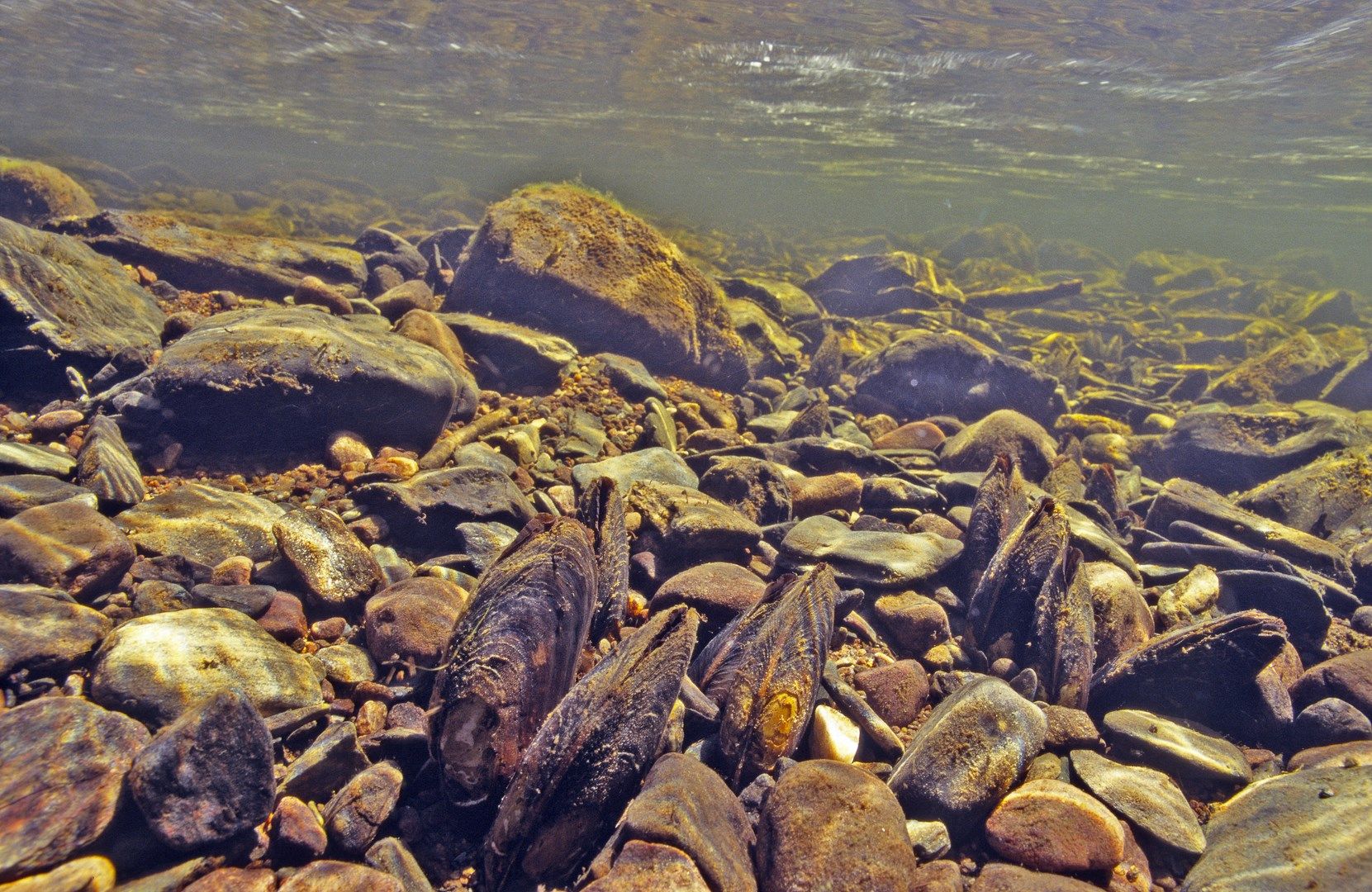Freshwater pearl mussels are similar in shape to marine mussels, but grow larger and can live as long as 100 years making them among the longest-lived invertebrates. They live in clean, fast-flowing rivers with coarse sand or gravel, filtering tiny particles of nutrients from the water. It has a complex four-stage lifecycle. Larvae are brooded by the females in their gills and released into the water between July and September. The larvae must then be inhaled by salmon or trout and attach to their gills, where they will develop into young mussels, before detaching early the next summer, to live independently. They must burrow into the river bed to survive as adults. Their first historical reference in Britain was by Julius Caesar’s biographer around 55BC.
Action Needed
- Support control of illegal pearl fishing, including involving the public in reporting cases.
- Press for wider measures to conserve and restore clean fast flowing rivers and their associated ecosystems.
- Support continuation of the current captive breeding programme.
- Ensure the Scottish Biodiversity Strategy is fully implemented.
Threats
One of the most critically endangered molluscs in the world, over the last 100 years it has been lost from a third of the rivers that used to contain it. Pollution and changes in river structure prevent the recovery of populations already devastated by exploitation.
MSP Nature Champion

Audrey Nicoll
Member for: Aberdeen South and North Kincardine
Region: North East Scotland
Party: Scottish National Party


